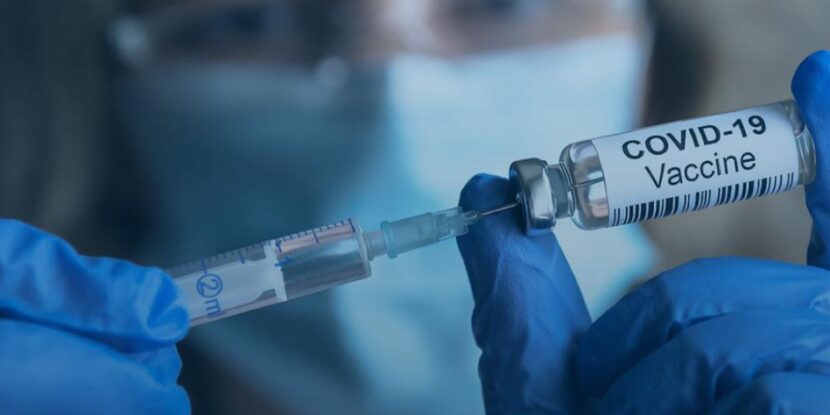Using a ground-breaking theory that life began when RNA first replicated itself, scientists at the Salk Institute for Biological Studies have reportedly reproduced part of this process in a laboratory setting, a step towards scientists being able to create life itself.
In an experiment based on the premise that RNA was the initial ingredient in the original “primordial soup” predating the existence of DNA or proteins, the research team created an RNA molecule capable of accurately copying other RNA types, the result of which was an active enzyme.
While the artificial RNA molecule is not yet self-replicating, Salk president Gerald Joyce, who co-authored a paper on this research in the Proceedings of the National Academy of Sciences, called the research a significant advancement toward creating lab-based life. If self-replicating RNA can be made, Joyce said, “then it would be alive,” adding: “This is the road to how life can arise in a laboratory.”
A further essential step for life to occur is for extremely accurate copies of RNA to be made, enabling Darwinian evolution. Still, the replication cannot be exact, as a degree of mutation is necessary for growth. To achieve the right balance, Joyce’s team developed an RNA that creates copies of a “hammerhead RNA” — a molecule-chopping RNA. Each new generation is healthier at replication and chopping.
Although artificially creating life in a lab may sound interesting, it could also raise new ethical questions concerning synthetic lifeforms. The discovery is one of a growing list of scientific advancements that just a few years ago would have been the preserve of science fiction. Earlier this month, it was reported that scientists are closer to being able to clone the wooly mammoth. Last week, a leading expert in the field predicted that the so-called ‘singularity‘ could be achieved by 2027.




















